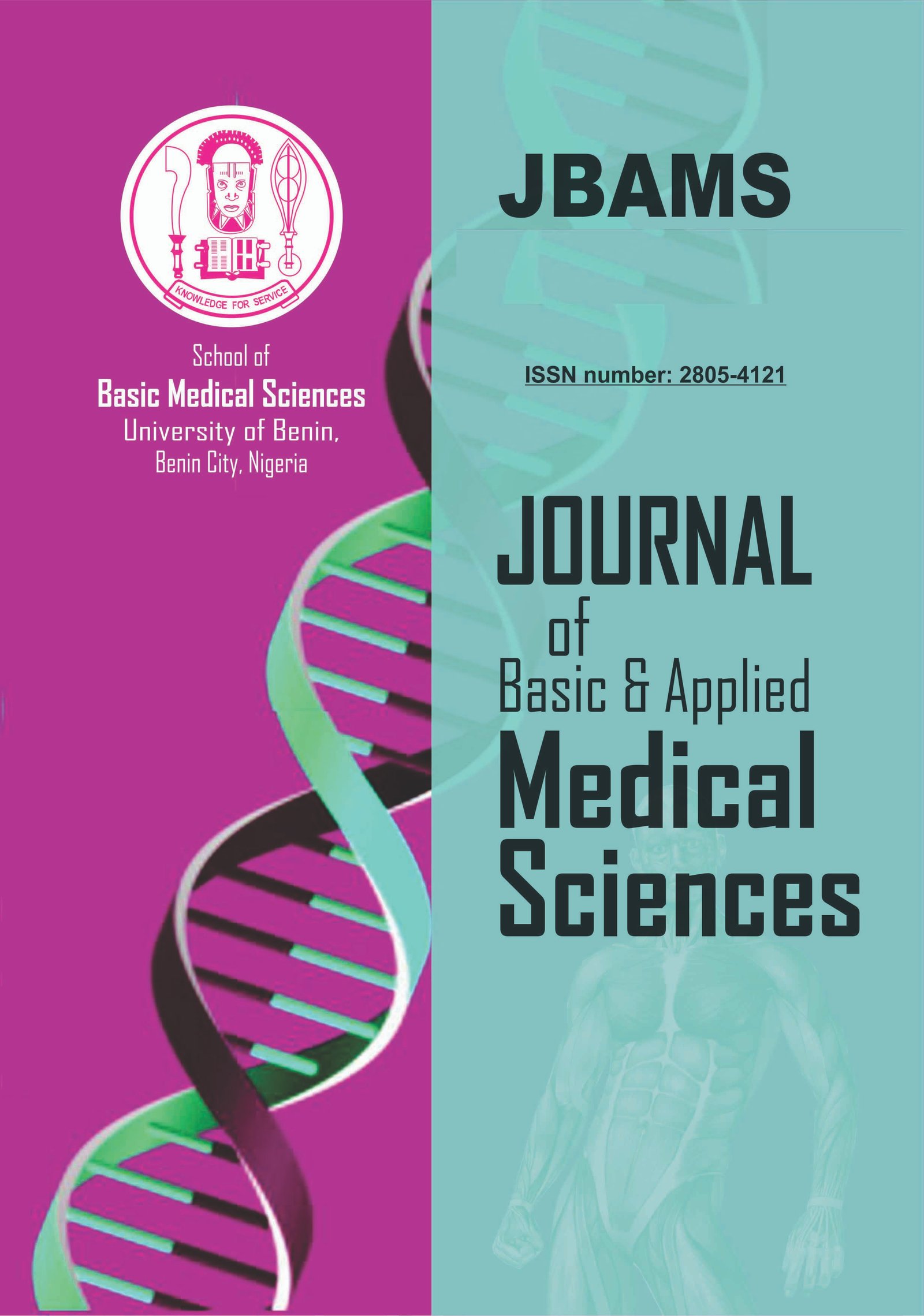Time Course Effects of Cigarette Smoking on Peak Expiratory Flow Rate among Youths within the Age of 18-25 years
Keywords:
Cigarettes, Smoking, Youth, Peak Expiratory Flow Rate, SpirometryAbstract
Background/Objective: There is increased prevalence of cigarette smoking, especially among youths, and this has become a leading cause of premature morbidity and mortality worldwide, through the development and subsequent complications of respiratory diseases. The aim of this study was to understand how cigarette smoking affects the peak expiratory flow rate (PEFR) among young adults. Materials and Methods: Sixty students selected at random (18-25 years) volunteered for this study and were divided into Group A: control (non-smokers), Group B: young adults that have been smoking daily for 0-6 months (acute smokers) and Group C: young adults that have been smoking daily for 6 months above (chronic smokers). Anthropometric values were collected, blood pressure values and Body mass index were measured. Subjects blew into a standard spirometer three times, at resting and standing position, and the PEFR was recorded at the end of the third blow. Results and conclusion: There was a significant decrease in the PEFR of the smokers (both acute and chronic) regardless of the time they started smoking compared to the PEFR of non-smokers (control). The study demonstrates that cigarette smoking, regardless of the duration (acute or chronic), significantly reduces Peak Expiratory Flow Rate (PEFR) among young adults. This indicates that smoking adversely affects lung function, with potential implications for respiratory health even in individuals who have smoked for a short period. Chronic smoking exacerbates the decline in PEFR, highlighting the progressive harm caused by prolonged exposure to cigarette smoke.


